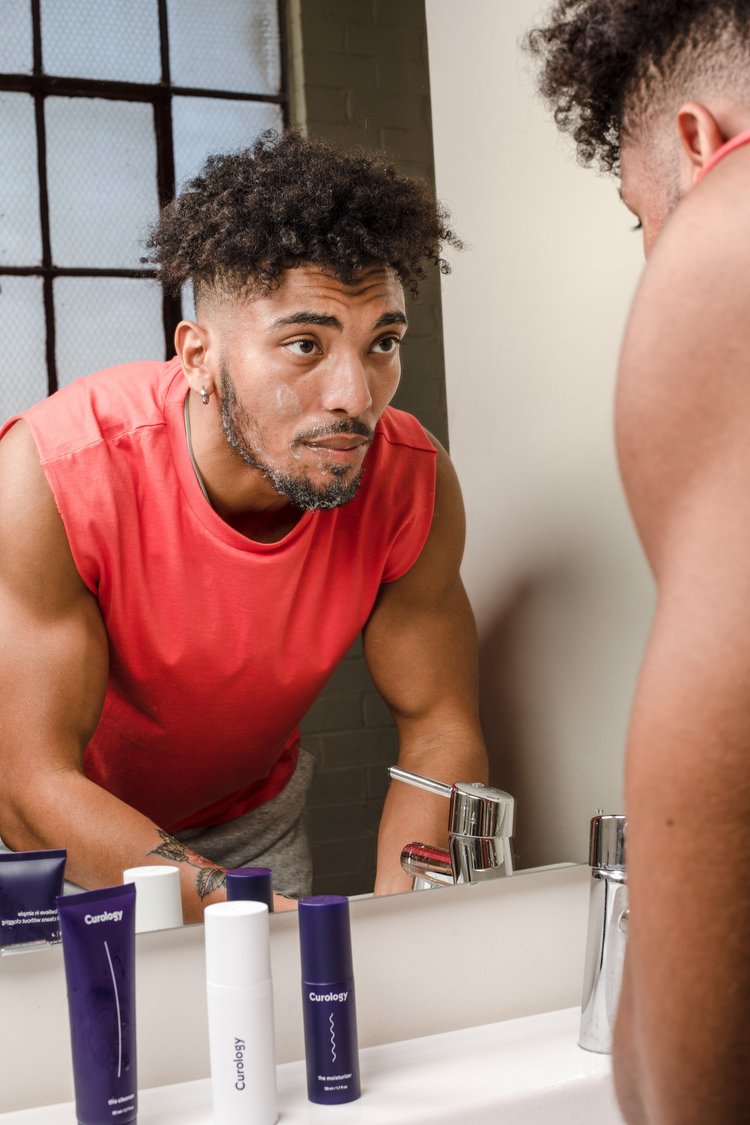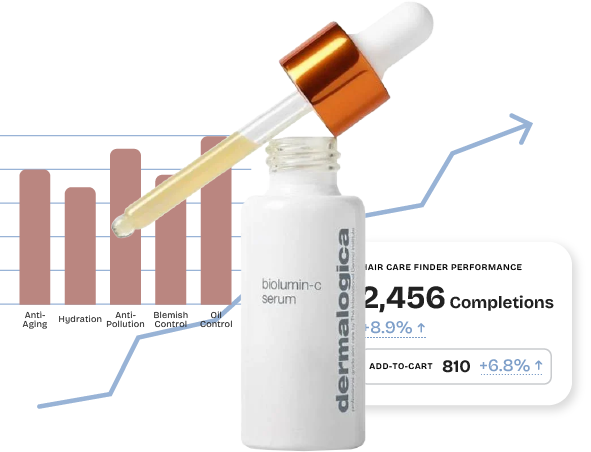2023 Male Grooming Trend Report

Product category
Author
It has taken a while for men’s grooming to evolve, and as it evolves, new trends are beginning to emerge. The good news is that there has been enough of a shift in each of these areas for analysts, brands and retailers to believe it is now happening.
While Covid hit the market in 2020, it has since bounced back. In 2022, the US men’s personal care market grew by 10.7% versus 2021 to total $5.5 billion in retail sales according to Mintel estimations.
Sales of men’s prestige skincare accelerated by 23% in 2022 to $190.1m according to Circana (formerly IRI and NPD).
And in the UK, exclusive data from Kantar reveals that men’s toiletries and fragrances grew by a healthy 7% in 2022, making it one of the country’s strongest categories in total beauty and personal care.
Superdrug’s Trading Director Megan Potter says: “We’ve seen the sales of men’s grooming rise ahead of pre-Covid levels as men buy into a combination of grooming and the desire to spend more money on products in beauty and skincare than they previously did.
“Men are spending more time and money on grooming and it’s a trend we don’t expect to see decline anytime soon.”
Jake Xu, co-founder of Shakeup Cosmetics, which launched in 2019 adds: “In the last two or three years, men’s grooming as a category has really been seeing momentum. Covid aside, I think we launched our brand around the right time because, in terms of actual trends and societal change, there is a momentum pushing us forward.”
Xu says that modern masculinity is being redefined by modern men themselves, partly as a result of movements such as #Me Too.
“This really set the tone for a lot of modern guys to think ‘Hang on a minute, that’s not the blueprint of a man that I strive to be, that’s not how I define myself as a man.
“And we’re seeing younger generations coming through with a completely different attitude when it comes to gender fluidity and masculinity, which are being helped by pop culture,” says Xu, noting K-pop boy bands like BTS who wear make-up and shows like Love Island and Made in Chelsea that depict male beauty in a different way.
Brands like Mulac and ItCosmetics also pride themselves in providing makeup for all genders, this is well represented even in their advertising.
Pro Tip
The Skincare Finder by Skin Match Technology is adapted to male grooming brands too! Brands using this product finder report an average of 30% increase in Conversion Rate
Top 5 Male grooming trends as reported by Cosmetics Business
Trend 1: #GetReadyWithMe
TikTok‘s #GRMW trend has found a way to do what the grooming industry has been trying to crack for years: encouraging men to adopt make-up and skin care routines.
For decades, it has been a tough shout for brands to persuade men to go beyond basic cleansing and maybe moisturising.
But a rise in video content around male grooming and self care routines on social media featuring men using their favourite skin care and cosmetics products is opening up the idea to more men.
TikTok has seen real growth in male grooming routine content, with #GRWM (Get Ready With Me) videos by male creators reaching more than 83.2 billion views overall, and brands say that seeing men carrying out their daily routines with beauty and grooming products is making them feel more acceptable and accessible to men.
Trend 2: Rebuilding the men’s aisle
Spurred on by strong growth in grooming, beauty retailers are adding fast-growing indie brands to their men’s aisles in the biggest reshuffle the high street has seen in years.
Boots is this month introducing its biggest category rebuild in years, including its first ever premium men’s offering with brands such as hair care range Hanz de Fuko and skin care and body care brand Anthony, as well launching men’s make-up with indie player Shakeup Cosmetics.
Superdrug is also building out the category by introducing more brands, recently launching black male grooming brand Aaron Wallace, Shakeup Cosmetics and men’s make-up brand War Paint, while also bringing further brands to its male customers via the Superdrug Marketplace.
But why, after years of offering a static and unadventurous retail selection, dominated by a ubiquitous handful of major brands, are the UK’s major beauty retailers shaking up their men’s aisles now?
Pro Tip
The Skin Match Technology skincare finder has recently helped male grooming retailers BEAST and MISTR provide digital consultations for their consumers. read more here
Trend 3: 5 manscaping trends
With its rapid spike in growth, the groin and body grooming category has been the crown jewel of the men’s category in recent years.
According to Circana (formerly IRI and NPD), sales of body grooming products have accelerated by 72% over the past two years as men focused on de-fuzzing when re-entering society following the pandemic.
In this trend, Cosmetics Business looks at at how the manscaping category is evolving next, from how brands are making grooming tools more efficient, to the growing desire among men to not only trim their pubic hair, but to dye it.
Trend 4: Perfume skinification
Fragrance ancillaries have long been the support act of the perfume world, overlooked in favour of the main event.
Convenient gifts for fans of a particular fragrance brand, the products contain a small percentage of the fragrance oils used in their edp counterparts and generally include a deodorant, sometimes a shower gel, and an aftershave balm at a stretch.
But men’s fragrance brands have never ventured above the jawline with their range extensions – until now. The past year has seen some of the biggest and most successful fragrance brands in men’s perfumery dip their toes into facial skin care.
Enticed by the potential that men’s skincare now offers, their ranges go far beyond the usual products that would complement a fragrance franchise – and experts say it makes perfect sense.
Trend 5: Male skin concerns
From dry skin to acne, there are a proliferation of product choices when it comes to tackling skin concerns.
Yet clinical products designed for the specific requirements of male skin – and are clear in their positioning for men – are hard to come by.
This is despite that fact that one in two men experience skin care problems (US data, Kantar Men’s Grooming Study, May 2020).
In fact, research published in the International Journal of Women’s Dermatology reveals that male skin is more prone to acne because men produce double the amount of oil from their skin, while frequent shaving and a rougher skin texture leads to increased dryness and irritation in men’s skin.
The opportunity for clinical and ingredient-led solutions formulated for men has arrived. It is a representation of how the industry is evolving, male grooming is symbolic of not only an evolving industry but, socially, it changes a bigger narrative for men to feel safe enough to embrace better grooming habits and reverse toxic masculinity.



